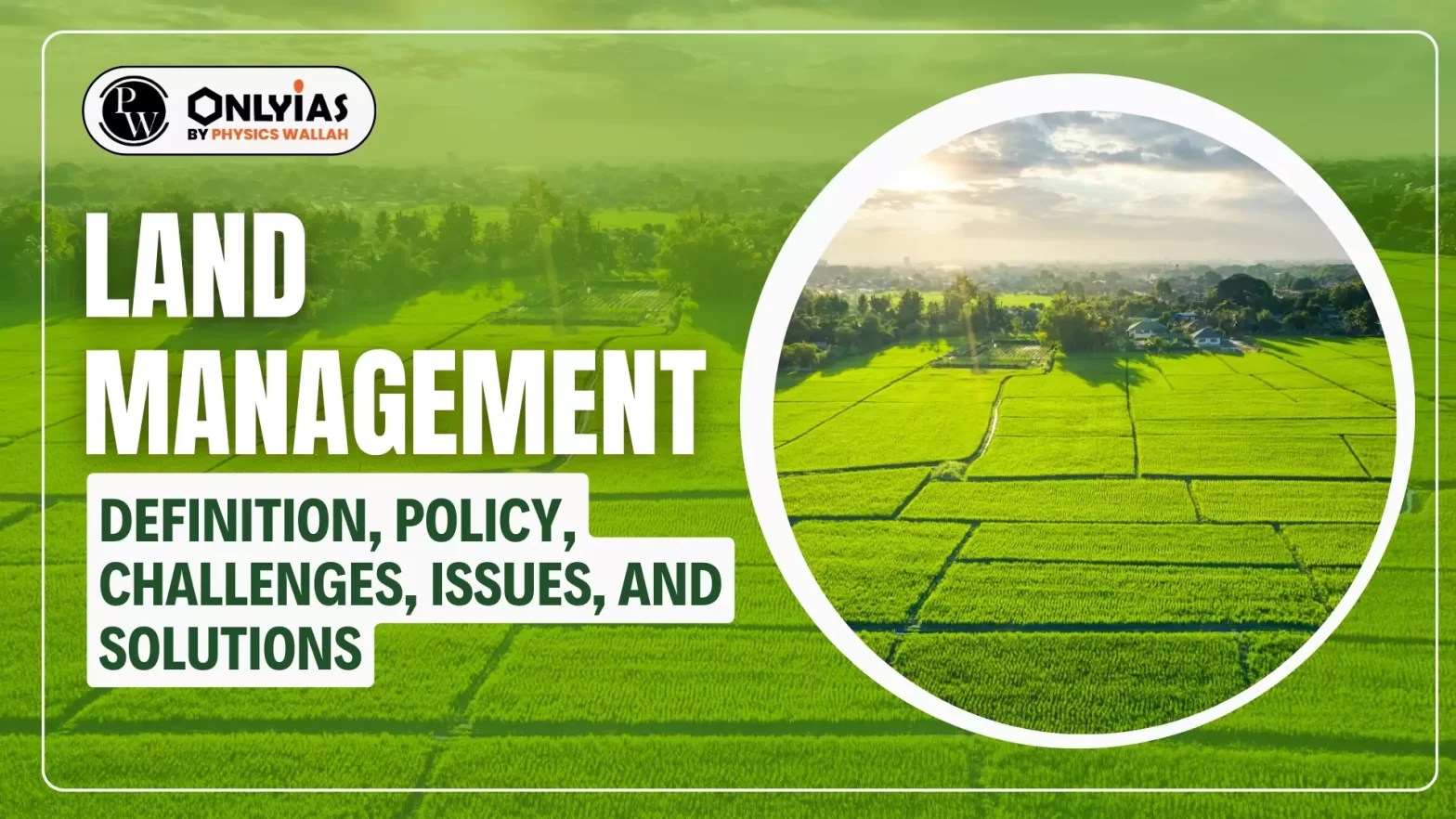![]() 27 Feb 2024
27 Feb 2024

This editorial is based on the news “An expansive land management policy is overdue” which was published in the Hindu. A comprehensive land management policy is the need of the hour. There is a need to devise appropriate policies for long-term sustainability by involving all actors across the scale, both horizontal and vertical.
| Relevancy for Prelims: Land Resources, Land Degradation And Desertification, and UNCCD Report On Land Degradation.
Relevancy for Mains: Conservation, environment pollution and degradation, Components of Land Use Management. |
|---|
It is the process by which the resources of land are allocated effectively across different types of land use.
Here are some of the major challenges to land management in India;
Issues Due to Ineffective Land Management Policy
|
|---|
| Must Read | |
| NCERT Notes For UPSC | UPSC Daily Current Affairs |
| UPSC Blogs | UPSC Daily Editorials |
| Daily Current Affairs Quiz | Daily Main Answer Writing |
| UPSC Mains Previous Year Papers | UPSC Test Series 2024 |

<div class="new-fform">
</div>